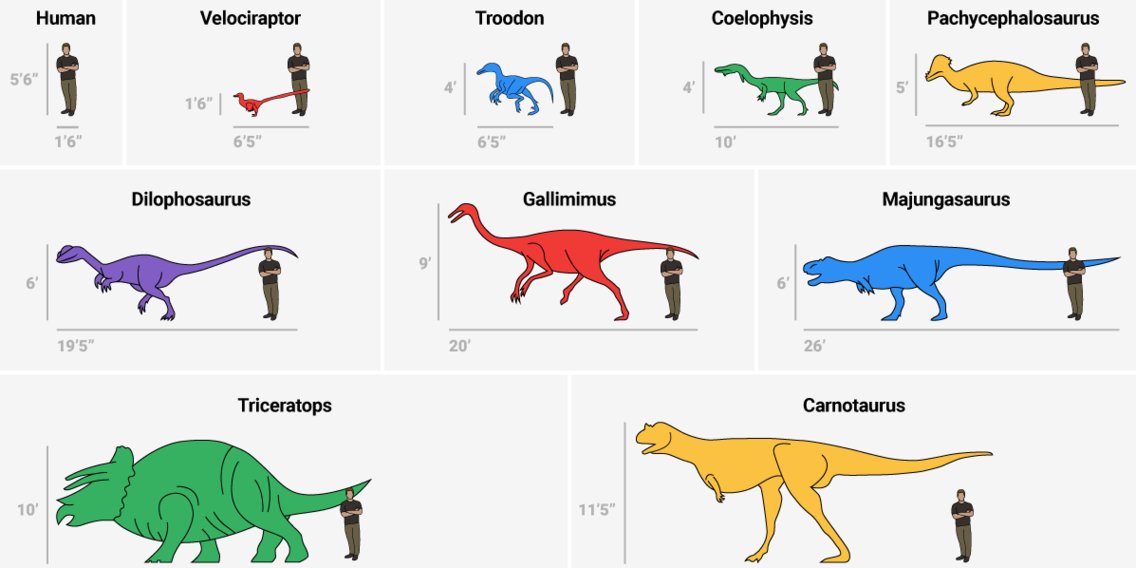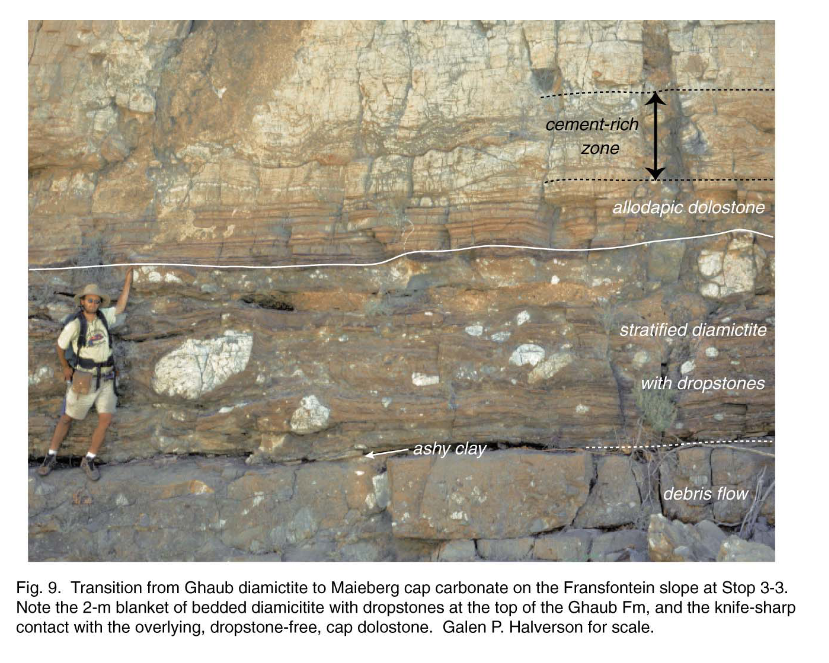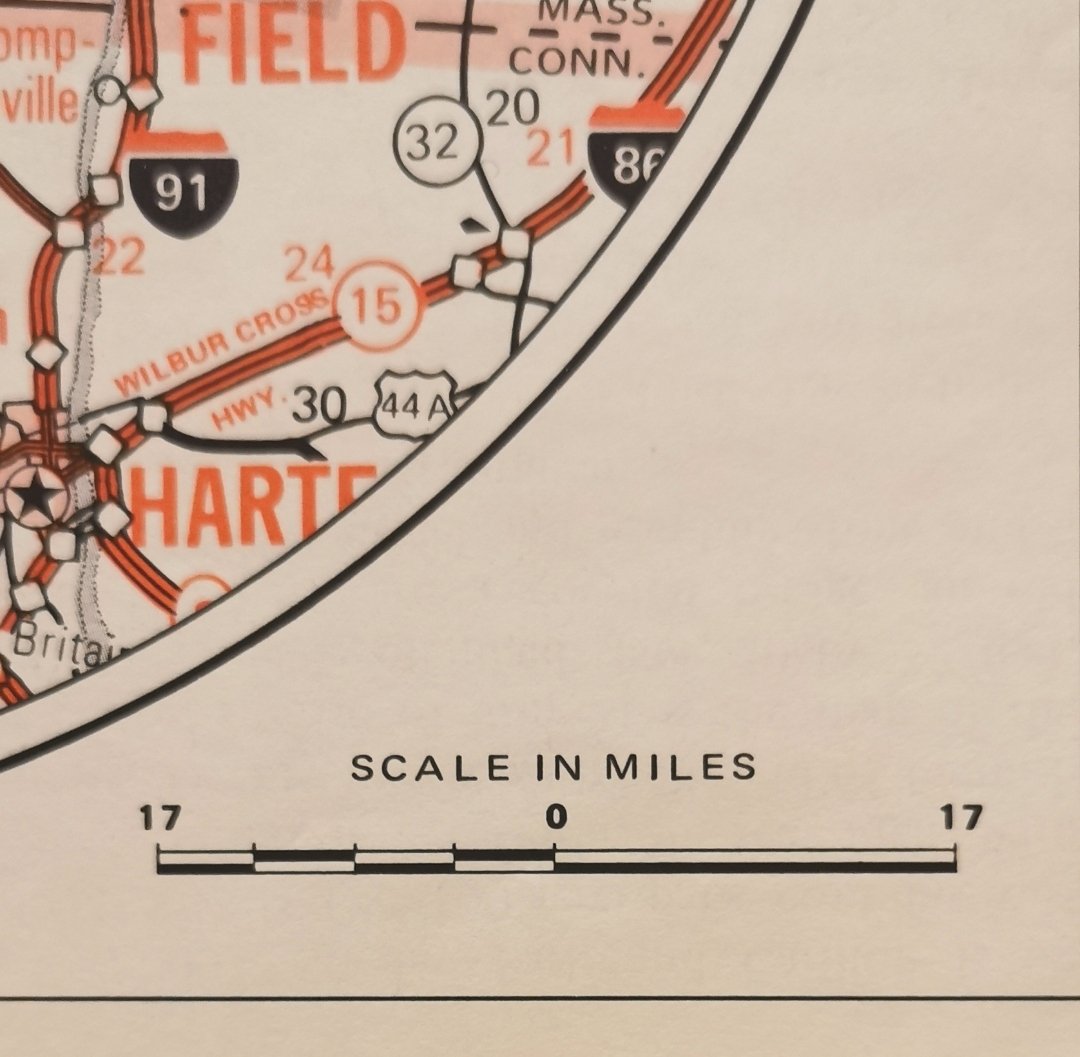How to… image scale information
Microscopy images without any annotations are abstract art rather than scientific evidences. After deciding on image size and format, the next step towards making image content understandable is to annotate the object size, explain all colors, and any symbols used.
Scale bars in publications
Every scientific image needs scale information to allow audiences to compare and relate the image size with the physical world and not all published images currently have scale info. Scale information is best conveyed with a scale bar with its physical dimensions. It’s also possible to make statements about the size of the entire image, or, as last resort, state the dimensions in the figure legend.

Many ways to show scale in images
Scales are included in scientific illustrations for a long time in different ways. In Maria Merian times, size statements were included in the book, not the drawing itself; she usually stated in the preface that all drawings are at real scale.
Many times familiar objects are included in drawings or images for scale. Often, this is a human figure, e.g. with plants and trees, rocks, or animals.


At times other familiar objects are included: a penny is placed on a rock in geology or a measuring tape is shown.


Scales in microscopy images
Using familiar objects for scale isn’t possible when we make microscopic observations. This may be why in the earliest published photographs and microscope pictures (mind you, there aren’t many as images were considered a waste of space and decorational) scales are omitted.
A lovely tool that tried placing familiar objects next to microscopic scenes is the Utah genetics cellular scale animation Genetics Utah Animation of Scale I never cease to be amazed at the relative size differences of cells and how they vary over so many magnitudes!
Alternative to scale bars
A cute alternative to the regular scale bar is here, thanks to Filip Port (@crisprflydesign@fediscience.org) who turned the googly eyes of @thekengevik into a veritable scale bar!


And finally, a fun but maybe not quite practical idea is suggested by Monica Zoppe, cats for scale! Check out her article!

Suggestions for making scale bars
As we don’t have a clear mental image of the size of a salt grain, sesames seed, or submicron cats to reliably use them to scale, we have to for now rely on scale bars. Using ImageJ/FIJI this can be rapidly accomplished: when using Bioformats to import microscopy files, the metadata, including the physical size, is read in. Then use Analyze > Tools > Scale Bar to define length, width, color, position, and label or your scale bar.
Length
Be kind to your audience and use simple units, such as 100um, 50um, 10 or 2um.
Color
Scale bars should have a high contrast with the background. Avoid red, green, or blue bars, as these colors might be considered part of the image.
Position
Lower left corner is a safe place. The upper space should be kept for important information like species, cell type, or gene name, and many times figure panel name (A, B,…).
Add scale bar last
In the process of writing your manuscript you may re-think the figure size. Also images are re-sized for posters and slides. It is therefore easiest to add only a very fine scale bar with FIJI and then re-draw it in Adobe Illustrator (or PowerPoint, as I now that about half of you out there use PowerPoint for making figures and posters!).
In FIJI/ImageJ

PS
…if you find old scientific images with scale bars, or interesting scales, send them my way for my collection!
Here are some first returns:


Oh and over at Reddit there seems to be a whole community making Banana’s for scale a thing, as Barry Rowlingson @geospacedman@mastodon.social pointed out. One example adapted for biology by Hauke Drechsler (@HD_sci@biologists.social):
